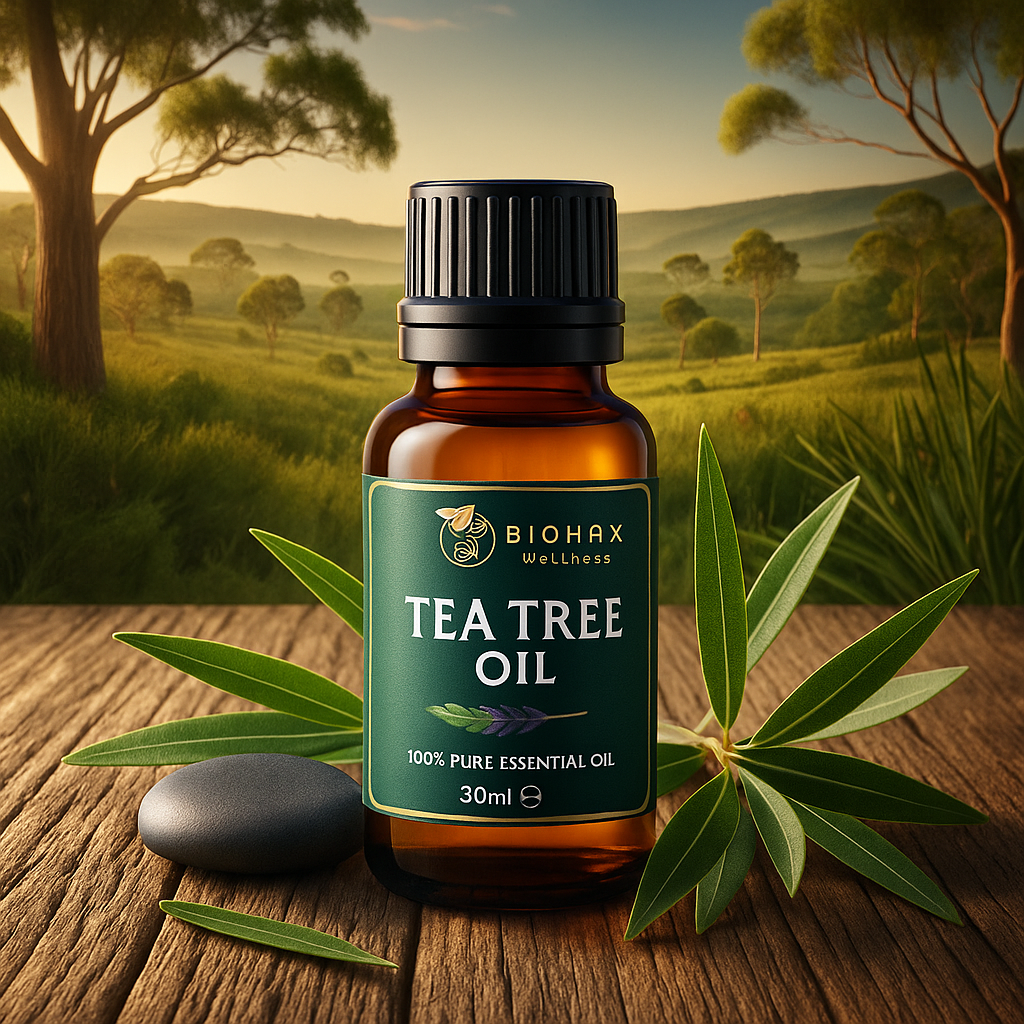

Key Features
Usage & Application
Allergies
Botanical Source & Composition
Safety & Storage
Disclaimer & Shipping
Disclaimer
This product is not intended to diagnose, treat, cure, or prevent any disease. It is provided for external use and general well-being only. Always conduct a patch test before use. BioHax Wellness does not make therapeutic claims and assumes no liability for individual reactions. Please read all instructions carefully and store products safely.
Shipping
We offer standard shipping Australia-wide via Australia Post. All orders include Signature on Delivery at no extra cost.
Estimated Delivery Times
- Sydney Metro: 2–3 business days
- NSW Regional: 3–5 business days
- Interstate Metro: 3–5 business days
- Remote Areas: 5–7 business days
We also ship to PO Boxes and Parcel Lockers.













